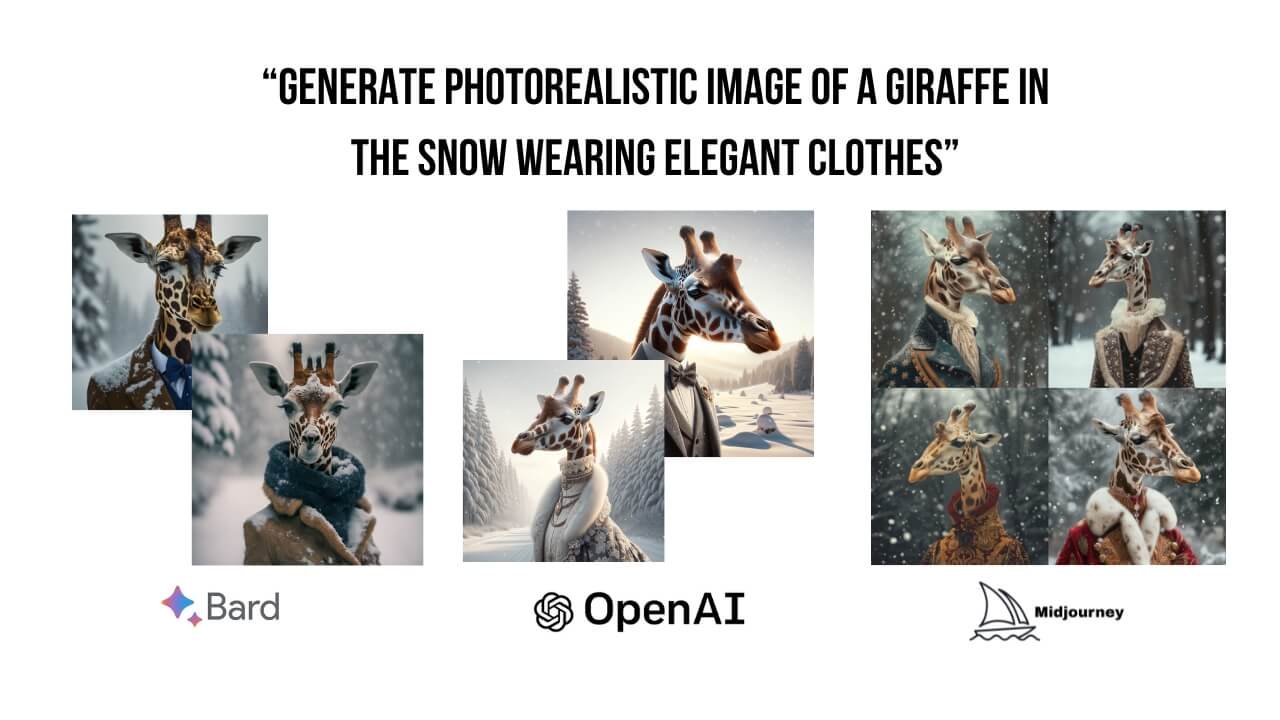Experience the Future of Intelligent Investing Today
Back To Top
Experience the Future of Intelligent Investing Today
Google’s Bard, an AI tool, has some new tricks. It can now understand and chat in more than 40 different languages and create pictures from text descriptions. Let’s dive into what these updates mean for users.
Google’s Bard has gotten smarter with a feature called Gemini Pro. It used to only work in English, but now it can understand and talk back in many more languages. This means more people can use it to get things done, ask questions, or even learn something new in their native language.
With a new update called Imagen 2, Bard can now make images based on what you tell it. If you ask for a giraffe in a suit in the snow, it can draw that for you. It’s not just for fun, though. This could help people who make ads or need quick illustrations for work.
Google knows that people worry about computers stealing artists’ jobs. That’s why they’ve made sure each picture Bard creates has a special mark that shows it was made by AI, not a person. This way, everyone knows where the image came from.
Bard hasn’t been as popular as some other AI chatbots, but these updates could change that. It’s now a lot better at answering questions and making pictures, which might make more people want to use it.
But how does it fare against the established AI image creators like OpenAI and Midjourney? We put it to the test.
We asked Bard, ChatGPT4, Midjourney to generate a photorealistic image of a giraffe in the snow, dressed in elegant clothes. The result?


Google’s Bard definetely has stepped up its game. By asking Bard to generate a photorealistic image of a giraffe dressed elegantly in the snow, we’ve seen that its outputs are impressively close to those of Midjourney in terms of photorealism. The rich detail and convincing textures in Bard’s images show that it can compete with specialized image generation tools.
However, when it comes to the embedding of text within images, OpenAI’s ChatGPT still leads the pack. ChatGPT’s ability to incorporate words into images outshines both Midjourney and Google Bard.
This specific feature remains a strong suit for OpenAI, indicating that while Bard has made significant advances in image quality, OpenAI continues to excel in the intricate details of text-image synergy.
Bard has taken significant strides, closing the gap with competitors. The updates are about making AI more accessible and useful across different cultures and languages. It’s an exciting time for AI, and Bard is now a significant player in this evolving landscape.

Newsletter